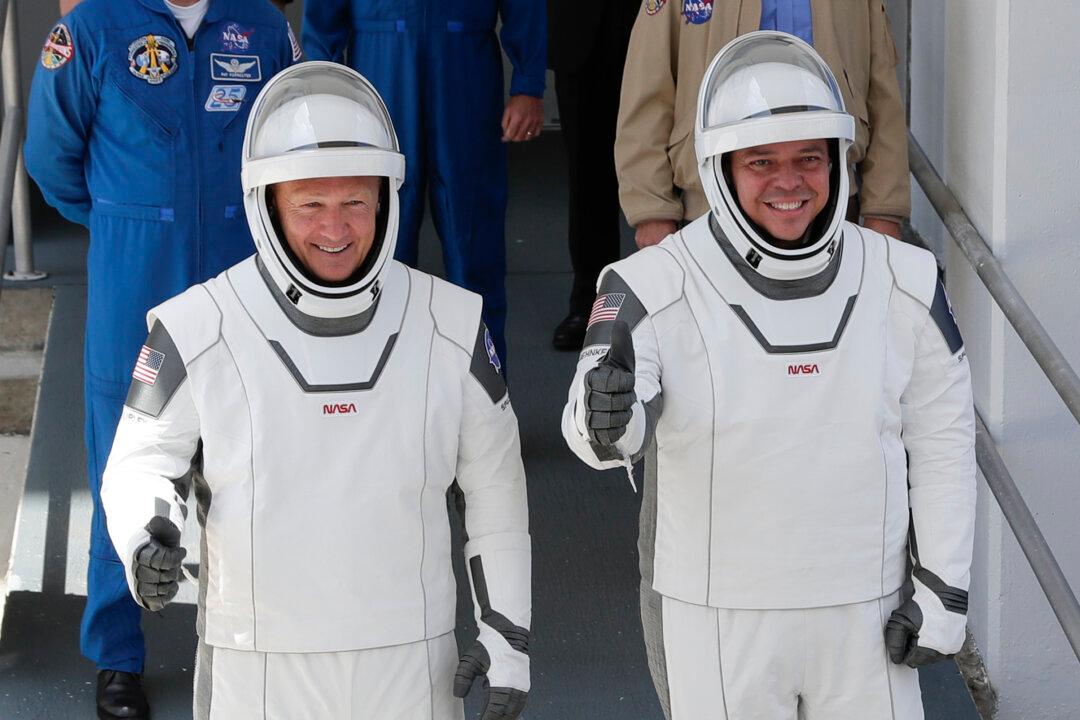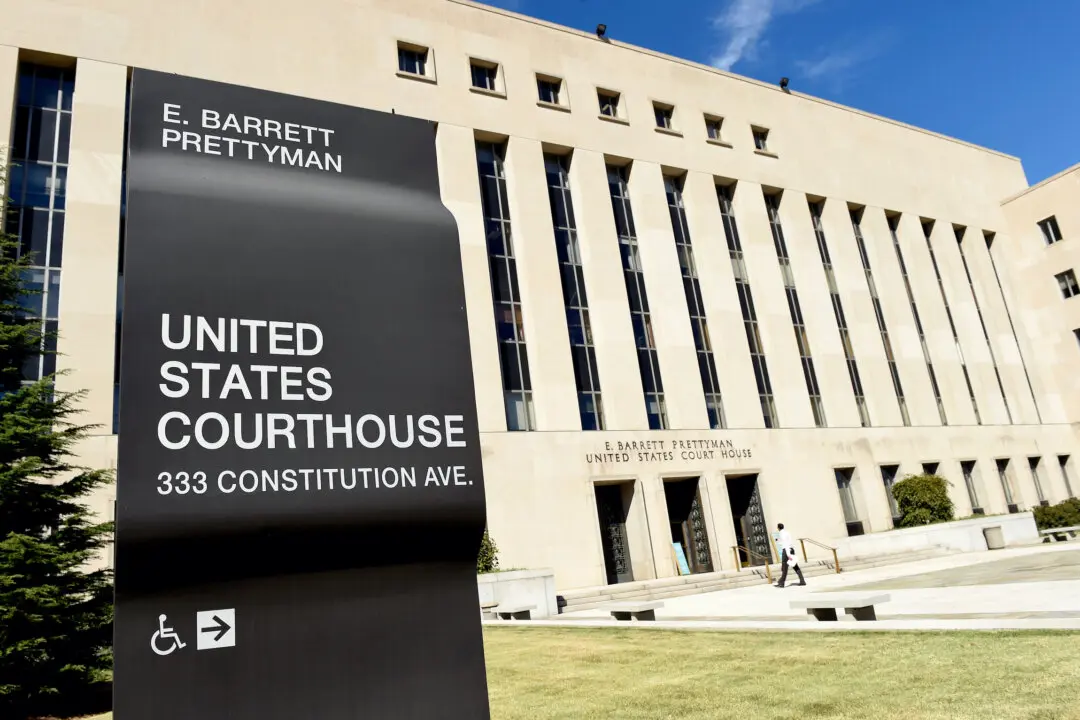Astronauts Robert Behnken and Douglas Hurley have successfully disembarked the SpaceX Crew Dragon space capsule and entered the International Space Station.
SpaceX’s Crew Dragon spacecraft docked at the space station at 10:16 a.m. ET Sunday morning after launching from Florida’s Kennedy Space Center Saturday and traveling 19 hours. After making initial contact with the ISS, Crew Dragon went through a series of steps to further mate the spacecraft with its port—including linking power and creating an air-locked seal—before first of two hatches were opened. Behnken and Hurley are expected to remain on board the space station for one to three months.





